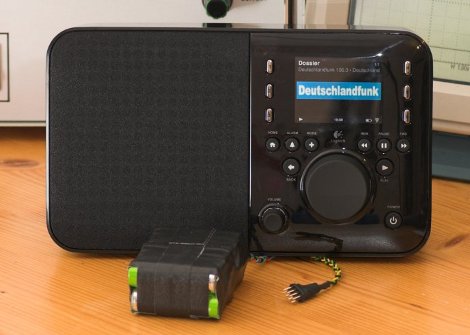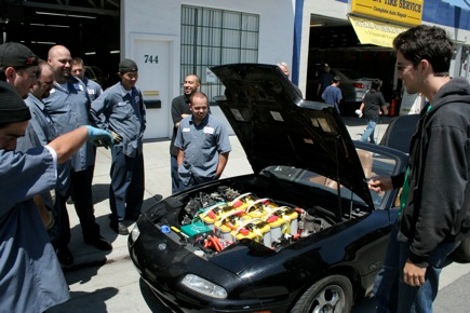
The Squeezbox media streaming systems are compact Linux WiFi enabled radios that let you stream your collection anywhere,so long as you have an AC or USB outlet nearby. But [Achim Sack] wanted to stream his collection from anywhere with no wires attached (translation). Some poking and prodding revealed a connector actually designed for a battery and serial, but no commercially available battery yet.
The system requires a temperature sensor and if you want serial, a USB converter, but overall a simple process that could be done in an afternoon. Giving your box ~10 hour of life and even fits inside of a back compartment.
[Thanks Thomas]
















